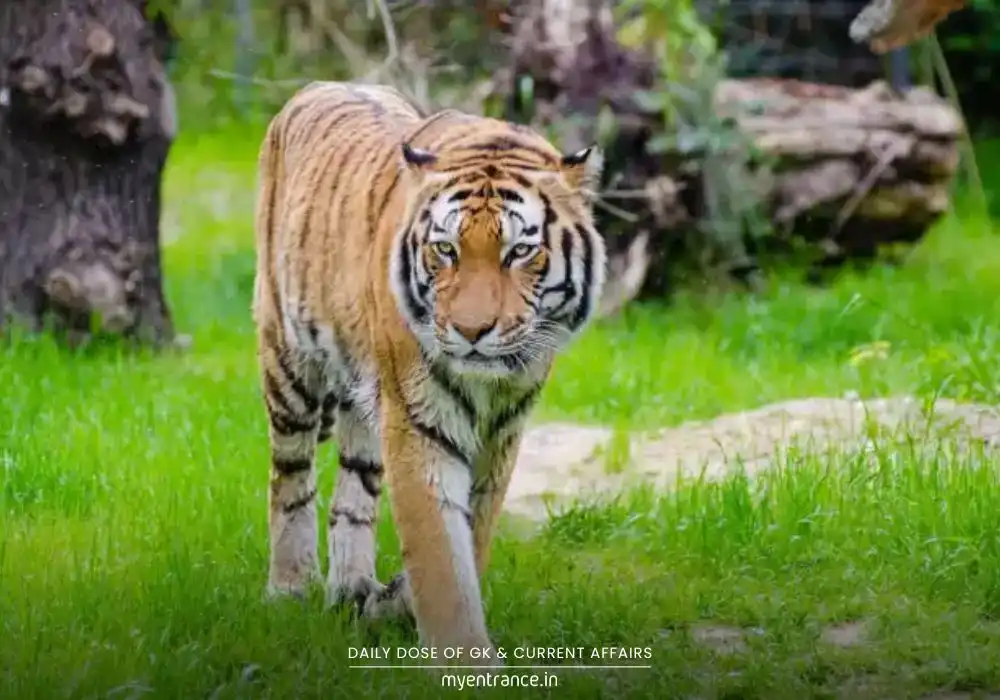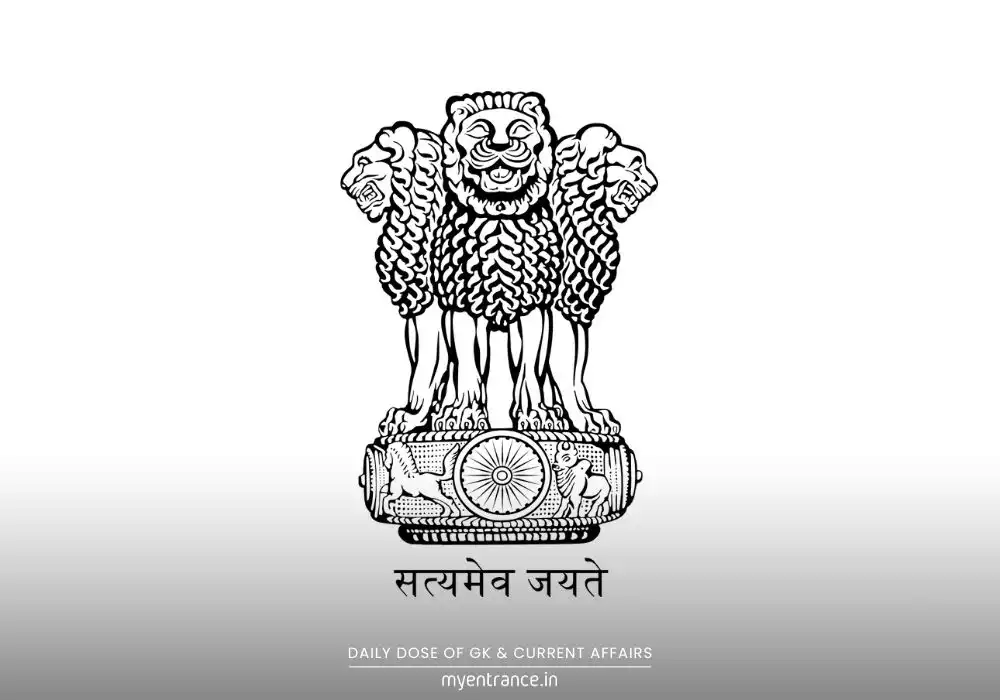Translate Language
Kaziranga’s Hidden Symphony: First-Ever Grassland Bird Census Unlocks 43 Species!
Kaziranga National Park has pioneered Assam’s first-ever grassland bird census, uncovering 43 species with cutting-edge acoustic technology. Simultaneously, tiger numbers soared to 148 – the world’s third-highest density. This dual breakthrough offers vital lessons for competitive exams and ecosystem conservation.

The First-Ever Grassland Bird Census: A Game-Changer
Kaziranga National Park made history between March 18 and May 25, 2024, as forest officials, scientists, and conservationists teamed up for Assam’s maiden grassland bird survey. Even PM Modi highlighted this feat in his Mann Ki Baat address! Here’s why it’s revolutionary:
43 Species Documented: The census identified 1 Critically Endangered, 2 Endangered, and 6 Vulnerable birds per IUCN Red List, including rare endemics like the Finn’s Weaver – found breeding here after years!
Tech-Driven Methodology: Traditional visual counts failed with these camouflaged birds. Instead, researchers used passive acoustic recorders placed in trees during breeding season (March-May). As Dr. Sonali Ghosh, Park Director, explains: “Birds are highly vocal while mating – these recorders captured their entire soundscape.”
AI-Powered Analysis: Unidentified calls were converted into spectrograms (sound graphs) and processed through BirdNET, a machine-learning tool that decodes species by their songs.
Priority Species Spotlight
The survey focused on 10 keystone grassland birds from the Brahmaputra floodplains. Key ones include:
Critically Endangered: Bengal Florican
Endangered: Finn’s Weaver, Swamp Grass Babbler
Vulnerable: Black-breasted Parrotbill, Slender-billed Babbler
Why Grasslands Matter
Often overshadowed by forests, grasslands are unsung heroes:
Ecosystem Powerhouses: They store carbon, regulate water cycles, and support wildlife chains (e.g., grass → herbivores → tigers).
India’s Green Blanket: Covering 24% of India’s land – from Himalayan meadows to Manipur’s floating phumdis.
Under Threat: Only 5% of India’s grasslands are protected. Between 2005–2015, we lost 6 million hectares to farming and development.
Tiger Population Soars in Kaziranga
A 2024 NTCA-led survey revealed thrilling updates:
148 Tigers recorded – a 42% jump since 2022!
Third-Global Density: Only Corbett and Bandipur house more tigers per sq km.
Survey Method: 293 camera traps scanned 1,307 sq km over 103 days, identifying tigers via unique flank stripes.
Challenges Persist: Habitat fragmentation and human-wildlife conflicts threaten this success.
Why This Matters for Exams:
UPSC/PSC Focus:
IUCN Red List categories (e.g., Critically Endangered vs. Vulnerable) are recurring themes in Prelims and Mains.
Questions on Project Tiger, NTCA, and Kaziranga’s UNESCO status frequently appear.
Environment & Ecology:
Grasslands’ ecosystem services (carbon storage, biodiversity support) are essential for essay questions.
Acoustic monitoring tech showcases innovation in conservation – a hot topic.
Statutory Bodies:
NTCA’s role, Wildlife Protection Act (1972), and CITES/Project Tiger details are crucial for law-focused papers.
Quick Exam Toolkit
Kaziranga: UNESCO World Heritage Site, home to 70% of the world’s one-horned rhinos.
NTCA: Statutory body managing Project Tiger (launched 1973).
Tiger Status:
Schedule I (WPA 1972)
Endangered (IUCN)
Appendix I (CITES)
Pro Tip: Link grassland degradation to climate change impacts – a growing theme in Mains answers!
Get 3 Months Free Access for SSC, PSC, NIFT & NID
Boost your exam prep!
Use offer code WELCOME28 to get 3 months free subscription. Start preparing today!















